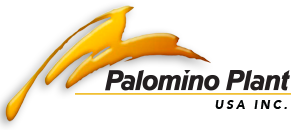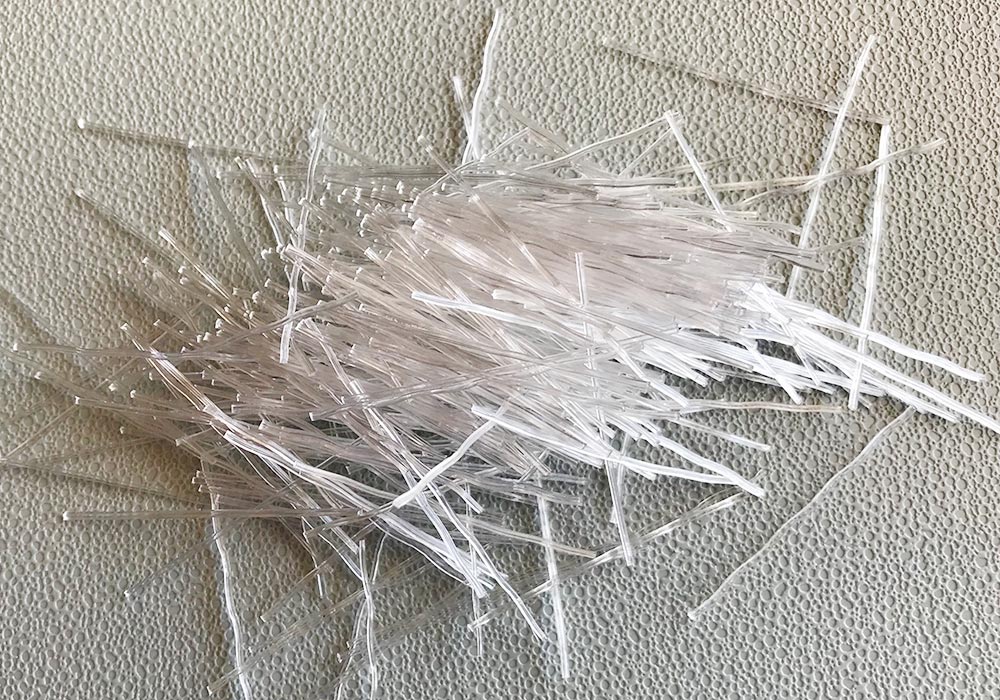Ultra Fiber Technology
Advanced technology responding to industry demands.
There are still the traditional methods of concrete reinforcement using steel reinforcing bars and weld mesh – however there are other options which are to actively seek technology that will help solve the inherent flaws in concrete and traditional reinforcement.
Ultra-Fiber is one of those innovative products, and it’s popularity is quickly gaining traction worldwide. It is made using a 100% virgin polypropylene fibre of 0.85mm diameter, with a continuous deformed profile. Its “X” shape anchorage is specifically designed for shotcrete, normal pouring methods, mining, tunnelling and various other applications as opposed to the conventional rebar or welded mesh.
Concrete is widely recognized as a cheap and versatile construction material, yet it is also beset with several drawbacks that are inherent to its composition. By generally accepted engineering standards, concrete is relatively brittle and lacks flexural strength.
Concrete also has the propensity to crack in both its plastic (early-age) and hardened (long-term) state. In either case, these cracks can jeopardize the overall integrity of the concrete and not allow it to maintain its maximum performance capability.
Ultra Fiber reinforcement stands out from other reinforcing products through its ability to make concrete more pliable, and therefore it offers ultimate flexibility in the design and construction process. Working with fiber reinforcement not only means less steel, but it also eliminates and reduces the labour-intensive process of steel fixing. Ultra Fibers are added directly to the concrete matrix and evenly distributed throughout. The result is an advanced, multi-dimensional reinforcement system that can be placed quickly, accurately and safely.
Advantages of Fiber Reinforcing
Outstanding workability in the design and construction process.
• Secondary reinforcement used as an alternative to welded mesh
• Improved ductility and increased flexural toughness (residual strength)
• Inhibits the formation of plastic shrinkage and plastic settlement cracking
• Control of drying shrinkage and temperature cracking
• Provides impact, abrasion and shatter resistance
• Pump-able reinforcement
• Reduces water migration, bleed water and permeability of concrete
• Provides improved concrete durability and uniformly distributed reinforcement
• Excellent finishing characteristics
• Typically, more cost effective than traditional steel reinforcement
Product Use
Macro Synthetic fibers can be added during or after the batching of the concrete but should never be added as the first component. Such devices as conveyer belts, chutes and dispensers may be used to add fibers to the mixer at the ready-mix plant. After the fibers have been added, the concrete should be mixed for sufficient time (min 5 min at full mixing speed) to ensure uniform distribution of the fibers throughout the concrete matrix. The use of mid or high-range water reducing admixtures can be advantageous but is not essential.
Placing and Finishing
Synthetic fibers can be pumped and placed using conventional equipment. Hand or vibrator screeds and laser screeds can be used. Conventional finishing techniques and equipment can be used when finishing fiber reinforced concrete.
Measured Quantity
The measured quantity will vary depending on the type of application, concrete mix design and the performance / toughness required for each project. Typically, fiber amount will be in the range of 4 kg to 10 kg/m³. Quantity can be done with a measurement bucket, clear water degradable bags or water-soluble paper bags.


